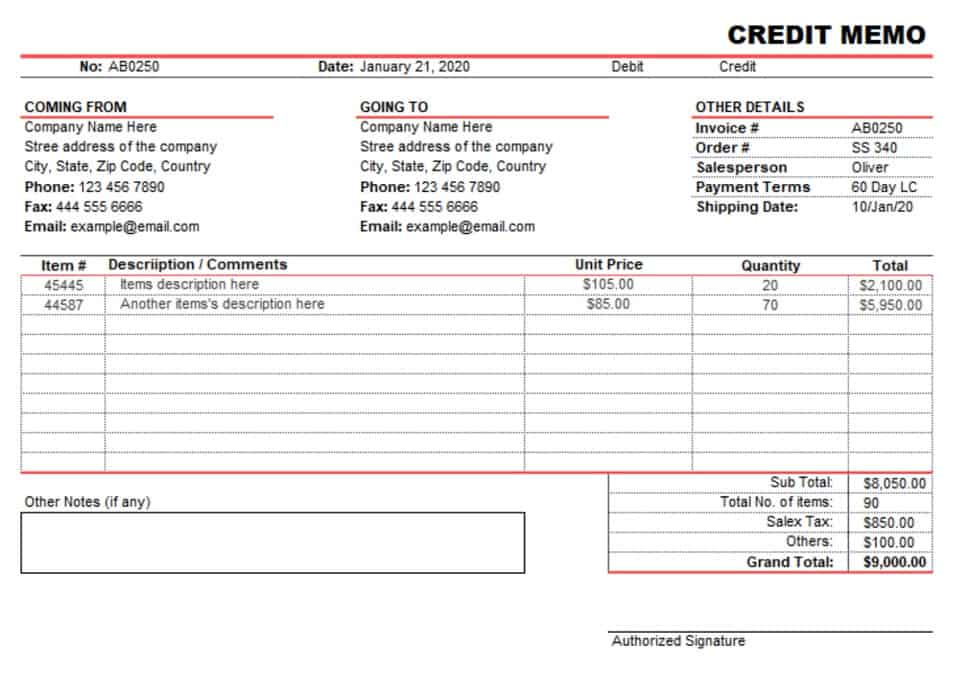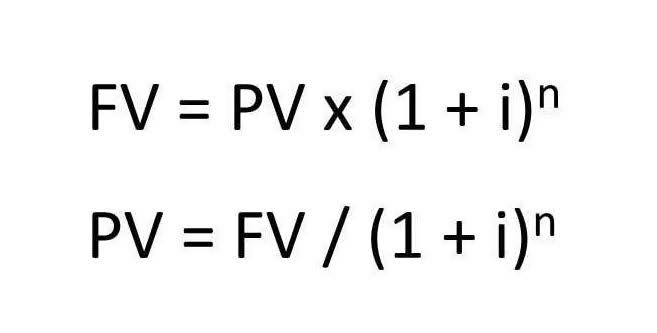
These assessments rely on CARES Act a combination of seismic data, well logs, and production history to create a detailed subsurface model. Advanced software tools like Petrel and Eclipse are often employed to simulate reservoir behavior and predict future production. Asset Retirement Obligations (AROs) represent a significant aspect of financial planning and reporting in the oil and gas industry. These obligations arise from the legal and regulatory requirements to dismantle and remove infrastructure, such as wells, pipelines, and production facilities, once they are no longer in use. The process involves not only the physical removal of assets but also the restoration of the site to its original condition, which can be both time-consuming and costly.
TRAINING SOLUTIONS
Some of these value-added https://www.bookstime.com/ services include transportation services, technical expertise, and refining activities. When performing these services, companies must determine whether they are acting as principals or agents. The revenue recognition guidance outlined in ASC 606 has changed the process by which principal-agent relationships are determined by emphasizing the concept of control. Outsourcing your accounting functions with Baker Tilly can revolutionize how you manage your back office, allowing you to concentrate on your core business functions.

Carve-out financial statements
- Conversely, if the sale occurs at a processing facility, revenue is recognized once the product has been processed and delivered to the buyer.
- These obligations arise from the legal and regulatory requirements to dismantle and remove infrastructure, such as wells, pipelines, and production facilities, once they are no longer in use.
- These improvements should ultimately lead to being more efficient with fewer resources, but it’s still a work in progress.
- For example, management must recognize revenue on the proceeds from gas production upon delivery, even though the actual production can only be determined one to three months afterwards.
- If you are an accountant in the oil and gas industry, and you’re not a member of COPAS, you are short-changing yourself.
One of the primary considerations in revenue recognition is the point at which control of the product is transferred to the customer. In the oil and gas sector, this can occur at different stages, such as at the wellhead, after transportation, or upon delivery to a refinery. The terms of the contract will dictate the specific point of transfer, which in turn determines when revenue can be recognized. For instance, a contract might stipulate that revenue is recognized when the oil is delivered to a storage facility, oil and gas accounting rather than when it is extracted from the ground.

Comprehensive Accounting Practices for Car Dealerships

The classification of reserves into proved, probable, and possible categories is a crucial step in this process. Proved reserves are those with a high degree of certainty to be recoverable under existing economic and operational conditions. Probable and possible reserves, on the other hand, carry higher levels of uncertainty but offer potential upside. The accuracy of these classifications directly impacts a company’s asset valuation and, consequently, its market valuation.

- All oil and gas companies are expected to stay current with the latest accounting standards to ensure compliance with U.S.
- Like the original breakage scenario, O&G entities can recognize revenue for deficiency amounts which they do not expect the customer to request in the future.
- Gran Tierra has disclosed estimated proved, probable and possible reserves in its filings with the SEC.
- The blended rate may cause some of the payment for goods and services to precede delivery, which may be evidence of a significant financing component.
- Given the volatile nature of commodities prices, sales contracts often include clauses allowing for price adjustments if the underlying commodity prices change drastically over the life of the contract.
For depreciation and amortization, companies must determine the useful life of the asset and select an appropriate method, such as straight-line or units-of-production, to allocate costs systematically over time. Revenue recognition in oil and gas accounting can be complex due to factors such as production-sharing agreements, joint ventures, and royalty payments. References to a formation where evidence of hydrocarbons has been encountered is not necessarily an indicator that hydrocarbons will be recoverable in commercial quantities or in any estimated volume. Gran Tierra’s reported production is a mix of light crude oil and medium and heavy crude oil for which there is not a precise breakdown since the Company’s oil sales volumes typically represent blends of more than one type of crude oil.

- Assets are generally recorded at their original cost, which is the amount paid to acquire them.
- Similar industry-specific issues and resources are available on the RevenueHub site for all major industries as identified by the AICPA.
- These metrics are calculated as described in this press release and management believes that they are useful supplemental measures for the reasons described in this press release.
- In SE, costs are capitalized based on whether the well is successful or not (i.e., hydrocarbons are produced).
- Whether you’re drilling, conducting seismic testing, or carrying out other exploration activities, companies need to account for the costs of exploring and developing gas reserves.
- Typically, there is a correlation between the amount of G&A spent and the amount of attainable detail.
COPAS provides expertise for the oil and gas industry through the development of Model Form Accounting Procedures, publications, and education. We are a forum for the active exchange of ideas which result in innovative business and accounting solutions. The accounting for AROs begins with the initial recognition of the obligation at the time the asset is installed or when the obligation is incurred. This involves estimating the future costs of dismantling and restoration, which are then discounted to their present value. The present value of these future costs is recorded as a liability on the balance sheet, with a corresponding increase in the carrying amount of the related asset. Over time, the liability is accreted, or increased, to reflect the passage of time, while the capitalized cost is depreciated over the useful life of the asset.



